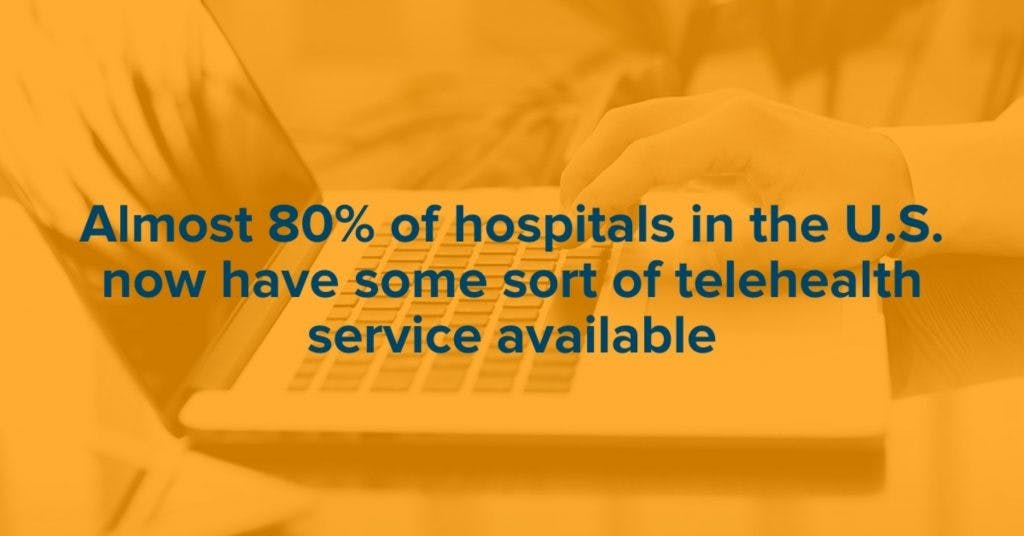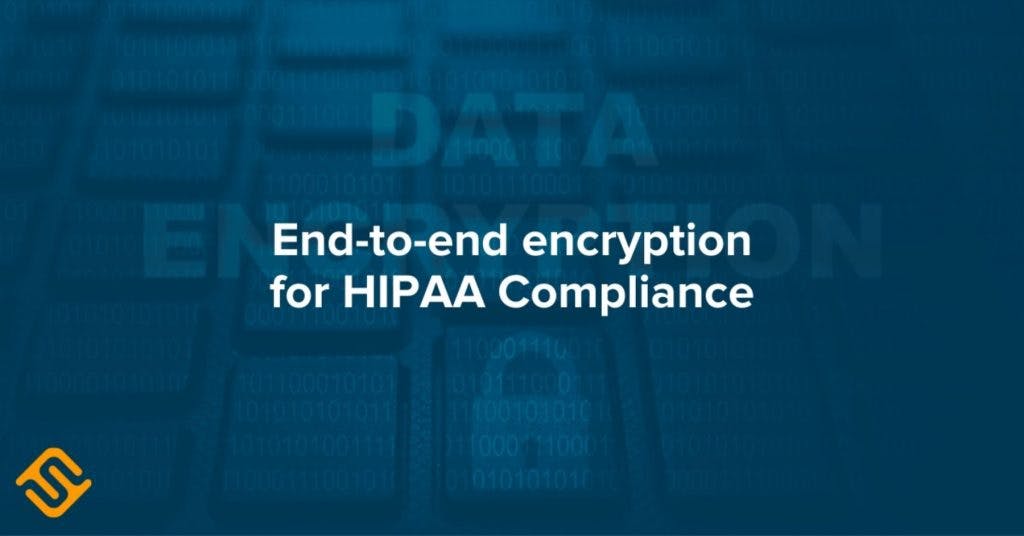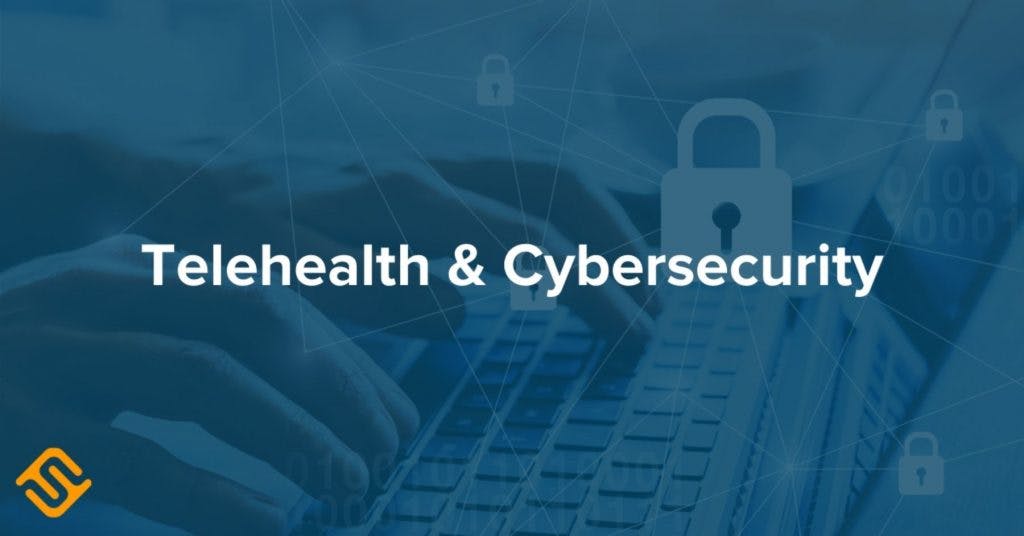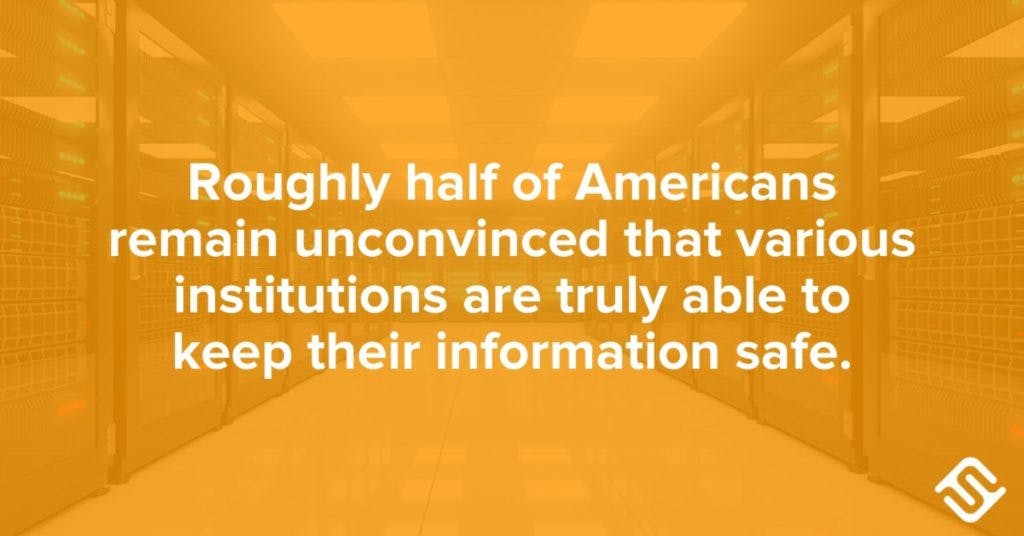This year has been one of the most strange in recent memory. We’ll spare you the usual recap of everything that’s been happening—it’s hard to escape the news cycle as it is. However, we will note how much 2020 seems to have pushed us into the future, into an arguably more rapid adoption of new technologies than ever before.
One such adoption has been the expanded presence of telehealth, or healthcare provided via the Internet. Currently, almost 80 percent of hospitals in the U.S. have some sort of telehealth service active. This technology reduces the risk of spreading disease while also creating some level of comfort and ease for patients and caregivers alike with no need for a commute to a healthcare facility. However, while telehealth provides many benefits, it’s also a new method of treatment that poses some risks—especially to the protection of patient data.
Telehealth & the Impact of COVID-19
Until recently, seeing a physician via webcam or file sharing seemed like something out of an episode of The Jetsons, yet here we are. Hospitals, doctor’s offices, and other healthcare facilities are overrun and busy during the ongoing pandemic. As of the writing of this article, there have been 1,886,794 confirmed cases of COVID-19 in the U.S., and 28,922 are still currently being treated. In Indiana specifically, there are 1032 beds occupied by pandemic patients alone according to the CDC.
Even with so many patients outnumbering staff —not to mention the new normal of regular PPE and quarantining—healthcare facilities still have to keep treatment plans, lab results, and other patient data organized and secure, for the health of the people in their care and to meet regulatory standards. Using a professional-grade file sharing platform will help keep this information updated and within reach of the right hands so things keep moving forward even amongst the fast-paced and ever-changing setting of a current healthcare facility.
The Importance of File Sharing
This is where file sharing comes in to save the day! With the right platform, healthcare facilities can use web-based services to visit with patients via video conferencing, keep track of medical data, share records with relevant parties, and boost confidence in the relatively new telehealth processes. In fact, these processes are so new, it’s really no surprise if you’re currently questioning the security and effectiveness of publishing private medical records on any kind of web-based system. These are fair questions to ask, so let’s walk through what you should look for in a quality file sharing platform and how our own, SmartFile, holds up to each pain point of note.
Telehealth & HIPAA
The number one concern with any health data management system—technology-based or not— is privacy. As you likely know, HIPAA (Health Insurance Portability and Accountability Act) is the governmental protection for patients and their personal information as it relates to medical records. Arguably, the implications and guidelines set down by this act are more important than ever before thanks to the ongoing global pandemic as mentioned previously.
Being able to stay home when you’re injured or feeling unwell has historically been closer to a pipe dream than an achievable feat. While the wider use of the Internet and webcams had inched us closer towards telehealth, COVID-19 has significantly shortened the runway and pushed the adoption of these new technologies. As a result, almost 80 percent of hospitals in the U.S. now have some sort of telehealth service available. Therefore, using software that complies with HIPAA regulations is important to not only keep patient information safe in this new normal but to also reassure and maintain patient confidence in healthcare institutions using new telehealth tools.
How SmartFile is HIPAA-Compliant
We’ve always valued data privacy, and we pay close attention to the external factors affecting various industries—that’s part of why we created SmartFile in the first place. SmartFile has always been HIPAA-compliant, but for the reasons shared above, it’s more important than ever to draw attention to it.
We’ve built in end-to-end encryption to secure all of your files while in transit (with no less than 128-bit encryption) and while at rest (using AES 256-bit encryption). This level of encryption means that any breach of your organization’s data renders the information completely unreadable, undecipherable, and, ultimately, unusable. HIPAA standards are violated anytime health data isn’t properly protected, either in transit or at rest, from unauthorized access. So these SmartFile encryption features make it a compliant and reliable platform for healthcare privacy.
Telehealth & Cybersecurity
While HIPAA is the government’s way of protecting patient rights, keeping private health information safe from cyberattacks is quite simply the ethical thing to do anyway. So while any telehealth platform you use should be encrypted and HIPAA compliant, you should also look into its cybersecurity measures to make sure it can prevent breaches in the first place. It might also be a good idea to look into cybersecurity insurance (yes, it exists) just to really make sure you’re on the safe side. Not only does this insurance provide financial relief from potential legal and reparation fees, it can also provide protective software, IT support, and employee training.
Since telehealth data can be transferred via images, audio, video, or text, there are multiple file formats of e-personal health information (e-PHI) which must be protected by whichever platform you choose. Whether through external communications with a patient or internal communications amongst healthcare staff, e-PHI files basically have to be shared by a professional file sharing platform to greatly reduce the risk of a data breach. At this point, there is no reason for medical information to be shared or stored on a consumer-grade file sharing platform, email, or on a personal cloud.
How SmartFile Protects Against Cyberattacks
The risk of having too many cooks in the kitchen is inherent to file sharing. How do you stay organized and make sure only the right patients and caregivers are accessing this private data when there are potentially so many other people whose private information can be accidentally sent to? SmartFile was built with these concerns in mind—it includes monitoring and reporting features to keep track of information access.
SmartFile puts your IT department in control of all of your file sharing functions. Your team will be able to grant permissions for certain staff and patients to access specific folders and information. Every time a file is accessed, your team will be notified about the who, the when, and the where. This means SmartFile is constantly acting as a watchdog for you and your patients, alerting you to any activity so you can identify abnormal patterns or unauthorized access to address it. You’ll never lose track of a file and you’ll always know the status of the information being sent out. And keeping access records is important not only for potential cyberattacks but also for ensuring patients and staff review important records regarding the care being given.
Telehealth & User Experience
Ease of access is an important factor for any file sharing platform. Patients need to be able to navigate the system in order to make appointments and manage their medical information—not to mention the doctors and other medical staff who need access and update this data. It may seem like a small factor in deciding which service should host your telehealth information, but the ease of access and overall user experience can truly make or break a file sharing platform—even if it ticks all of the other boxes for HIPAA compliance and cybersecurity protection.
How SmartFile Prioritizes User Experience
SmartFile was built to provide a great user experience from all sides:
- Doctors and other medical staff have the ability to upload, download, share, and delete files as well as granting granular permissions to certain users to access those files.
- Patients have many of the same abilities, and they also enjoy a streamlined front-end experience to make viewing and adding files to their medical data an easy process.
- Healthcare IT departments enjoy a large amount of administrative control including master access to all user permissions, data shares, and reports, to keep an eye out for and prevent breaches.
We also created SmartFile to work across multiple locations, so all of your data can remain hosted in a single cloud or on-premise storage drive even if your healthcare facility spans several different physical offices. We’ll keep your patients and your staff on the same page no matter where, when, or how they visit you.
Telehealth & Reputation
As we’ve mentioned earlier, telehealth is a relatively new process that has been adopted extremely fast in the past few months. So, when we talk about reputation, we aren’t doubting your healthcare facility’s roll-out process for using telehealth tools—we’re simply acknowledging the road bumps you’ve likely experienced. Words like ‘hacker,’ ‘scam,’ and ‘cyberattack’ are still common fears with roughly half of Americans unconvinced that various institutions are truly able to keep their information safe.
This is where branding swoops in to save the day! Whichever file-sharing platform you choose should have a solid reputation behind it to support your own brand name and foster trust in the patients and communities you serve. Walking patients, staff, and your facility’s board through the qualifications we’ve laid out in this article is a great way to not only make sure you’ve made a solid choice but to also explain that choice to various stakeholders.
SmartFile is a Trusted Name
It should probably come as no surprise that we’re now going to tell you how SmartFile is a trusted name in file-sharing. We’ve already discussed how our platform meets HIPAA standards, protect against cyberattacks, and provides an excellent user experience. Additionally, we’ve built a system that allows you to brand your platform to create a seamless consistency across your traditional communications materials and file-sharing functionalities. We always aim to deliver the best solutions for every client’s specific needs, so let’s get started on securing and improving your telehealth system today!




